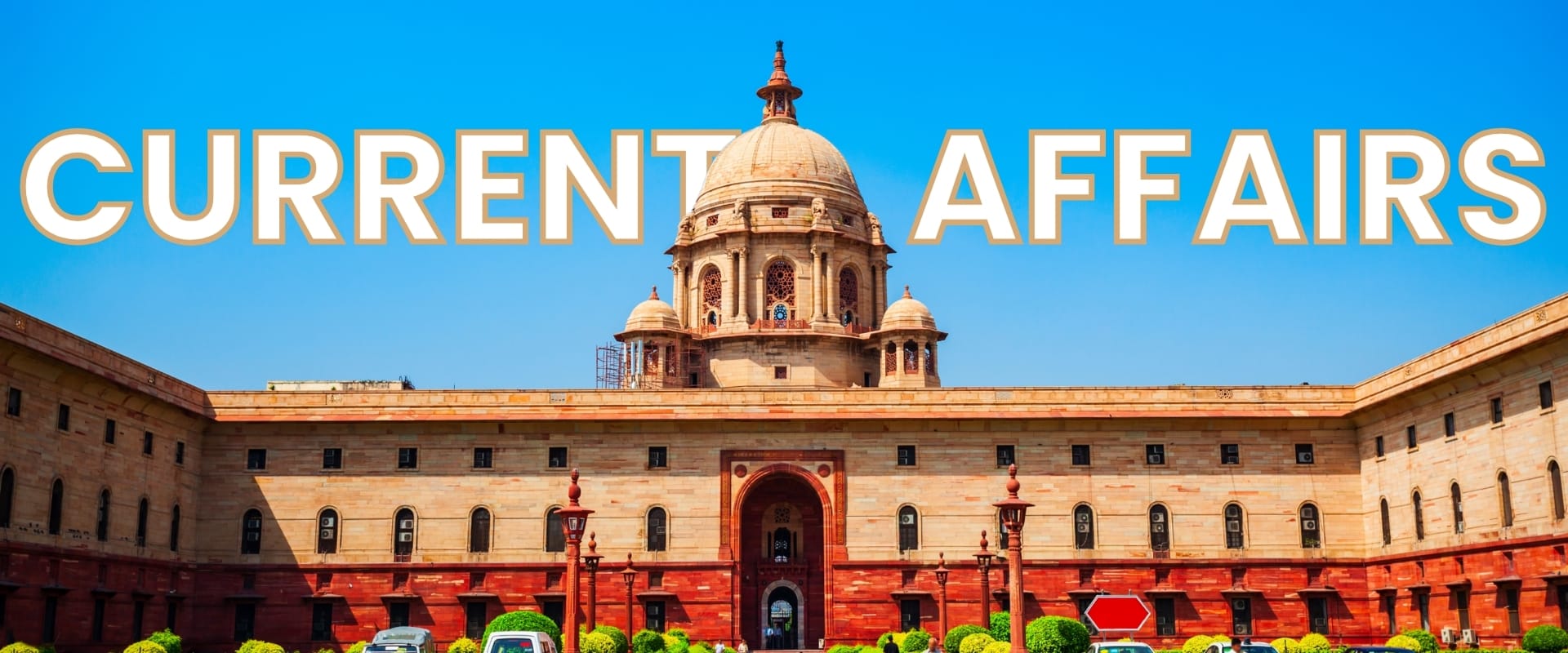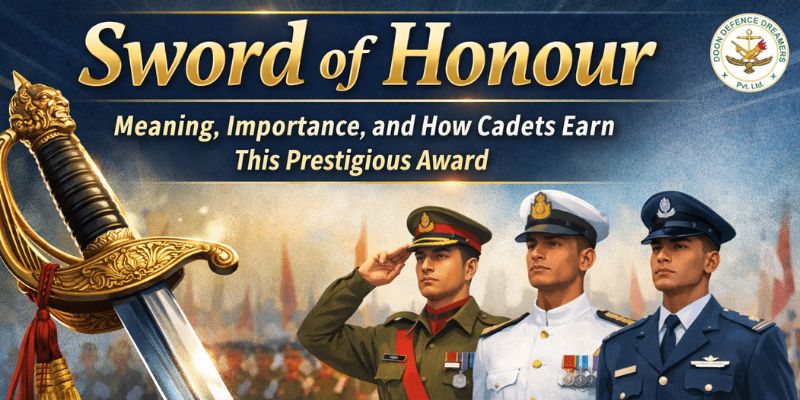Introduction
Among the Indian Army’s many regiments, few carry the same aura of courage, mystery, and respect as the Parachute Regiment. Known for its daring missions, lightning-fast strikes, and unmatched endurance, the regiment stands as a symbol of India’s offensive power and elite capabilities. Its soldiers, often called “Red Devils” for their distinctive maroon berets, represent the cutting edge of special operations in South Asia.
The Parachute Regiment is not only about airborne insertion and parachute jumps—it is about grit, honor, and operating in the harshest conditions imaginable. This article takes you on a detailed journey into the history, structure, training, and ethos of the Parachute Regiment, while also offering insights for aspirants who dream of wearing the coveted maroon beret.
History and Origins
The Parachute Regiment traces its roots back to 1941, when the first parachute brigade was raised in India under British command during World War II. Indian soldiers proved their mettle in Burma and other battlefields, gaining respect for their skill in airborne operations.
After independence in 1947, India retained and developed these specialized forces. The Parachute Regiment was formally raised in 1952, incorporating airborne and commando units into one umbrella organization. Over decades, it expanded into a force that combined airborne infantry battalions and the legendary PARA (Special Forces) battalions, creating a lethal mix of traditional soldiering and special operations.
Structure of the Parachute Regiment
The regiment is structured to handle both airborne operations and special operations.
Airborne Battalions: Regular paratrooper units trained to be inserted behind enemy lines by air, often forming the first wave in offensive operations.
PARA (SF) Battalions: The regiment’s most elite, conducting special reconnaissance, counter-terrorism, direct action, and cross-border strikes.
Currently, the regiment includes a mix of airborne and special forces battalions, each specializing in unique terrains such as mountains, deserts, and jungles. This diversity makes the regiment versatile and combat-ready in any scenario.
Recruitment and Volunteering
Unlike regular regiments, entry into the Parachute Regiment is entirely voluntary. Any officer or soldier from the Indian Army can volunteer to join. However, volunteering is only the first step; the real challenge lies in surviving the gruelling probation period.
Probation lasts several months and is infamous for its intensity. Only a small fraction of volunteers survive the relentless physical tests, psychological pressure, and extreme endurance exercises. This high attrition ensures that only the most determined and resilient soldiers earn the right to wear the maroon beret.
Training and the “Balidaan” Badge
Those who survive probation move on to advanced training. PARA soldiers undergo instruction in:
Airborne techniques, including night and combat jumps.
Demolitions and explosives handling.
Unarmed combat and close-quarters battle.
Jungle warfare, desert survival, and mountain training.
Navigation, surveillance, and advanced weapon handling.
Upon completion, successful soldiers receive the “Balidaan” (sacrifice) Badge, a mark of supreme honor. This badge is worn only by PARA (Special Forces) operators, signifying their unique role and supreme sacrifice for the nation.
Maroon Beret: The Symbol of Pride
The maroon beret is more than just headgear; it is a symbol of relentless perseverance and courage. Soldiers who pass probation and training earn this beret, joining the exclusive brotherhood of paratroopers. It represents honor earned through blood, sweat, and sacrifice, not just a uniform item issued by default.
Operations and Achievements
The Parachute Regiment has been part of nearly every major conflict and counter-insurgency operation India has faced:
1965 and 1971 Wars: Airborne battalions executed behind-the-lines operations, cutting off enemy supply chains.
Operation Cactus (1988): PARA SF successfully foiled a coup attempt in the Maldives, deploying rapidly to restore order.
Kargil War (1999): PARA units played a critical role in recapturing strategic peaks under hostile fire.
Counter-Terrorism in Kashmir: PARA SF continues to lead surgical strikes, hostage rescues, and anti-terror operations in one of the world’s toughest combat zones.
Cross-Border Operations (2016): PARA SF carried out surgical strikes against terror camps across the Line of Control, showcasing India’s resolve and precision.
These operations cemented the regiment’s reputation as India’s first responders in crises demanding speed and secrecy.
Life of a PARA Soldier
Life in the Parachute Regiment is not for the faint of heart. Days begin before dawn with punishing physical exercises, followed by weapons drills, tactical training, and survival scenarios. Soldiers are trained to endure hunger, cold, heat, and sleep deprivation, preparing them for real combat conditions.
Camaraderie is another hallmark of the regiment. PARA soldiers live and fight like a family, bound by trust and shared hardship. The bond created during probation and missions lasts a lifetime, often described by veterans as stronger than blood ties.
The PARA Ethos: “Men Apart, Every Man an Emperor”
The unofficial motto of the regiment, “Men Apart, Every Man an Emperor,” reflects the confidence and independence instilled in every PARA soldier. They are trained to take initiative, think independently, and act decisively in the most chaotic situations. This ethos distinguishes them not only in combat but also in the way they carry themselves in everyday life.
Path to Becoming a PARA Officer
For aspirants dreaming of becoming PARA officers, the journey begins with entry into the Indian Army through NDA, CDS, or technical entries. Once commissioned, officers can volunteer for the Parachute Regiment. Like jawans, they too must pass the infamous probation and undergo specialized training before being accepted.
This is where aspirants often seek guidance. Institutions like Doon Defence Dreamers (best coaching academy in dehradun)play an important role in helping young candidates prepare for the first steps: written exams, SSB interviews, and physical fitness. By offering mock tests, leadership training, and personality development, they create a foundation that allows aspirants to dream realistically of joining elite regiments like the PARA.
Challenges and Sacrifices
Being part of the Parachute Regiment comes with unique challenges:
Constant Danger: Soldiers are deployed to the most volatile zones.
Extreme Training: Physical and psychological demands are far above average army units.
High Risk of Injury: Training accidents, parachute jumps, and combat risks make it a dangerous career.
Family Separation: PARA soldiers often spend months away from families, operating in secrecy.
Yet, despite these hardships, the pride of wearing the maroon beret motivates thousands to volunteer every year.
Global Recognition
PARA SF has gained global respect for its discipline and success rate. International counterparts such as US Navy SEALs and British SAS recognize Indian PARA SF for their operational capability in diverse terrains. Joint exercises with foreign armies often highlight the regiment’s adaptability and toughness.
Future of the Parachute Regiment
With modern warfare shifting toward cyber, drone, and asymmetric threats, the regiment continues to evolve. Training now includes high-tech equipment handling, UAV operations, and counter-drone warfare. Yet, the heart of the regiment remains unchanged: raw courage, physical endurance, and the spirit of sacrifice.
The regiment’s future role will likely expand in counter-terrorism, rapid deployment, and joint operations with other services. Its flexibility makes it central to India’s defense strategy in the 21st century.
Lessons for Aspirants
The Parachute Regiment teaches valuable lessons even to civilians and defense aspirants:
Discipline and Consistency are non-negotiable.
Mental resilience often outweighs physical strength.
Teamwork and trust are key to surviving hardships.
Leadership is about leading from the front, especially in danger.
For aspirants, adopting even a fraction of the PARA ethos can transform their personal and professional lives.
Conclusion
The Parachute Regiment is more than an elite fighting force—it is a symbol of India’s strength, sacrifice, and courage. Its history is marked by daring operations, its present by unmatched professionalism, and its future by evolving excellence. For young Indians inspired by the maroon beret, the path is demanding but deeply rewarding.
Guided preparation, determination, and mentorship can make that dream achievable. Institutions like Doon Defence Dreamers provide that first stepping stone, ensuring aspirants are academically, physically, and mentally ready to one day volunteer for the PARA Regiment. Ultimately, to be a PARA is not just about joining a unit—it is about embracing a way of life where sacrifice is supreme, and courage is constant.




























